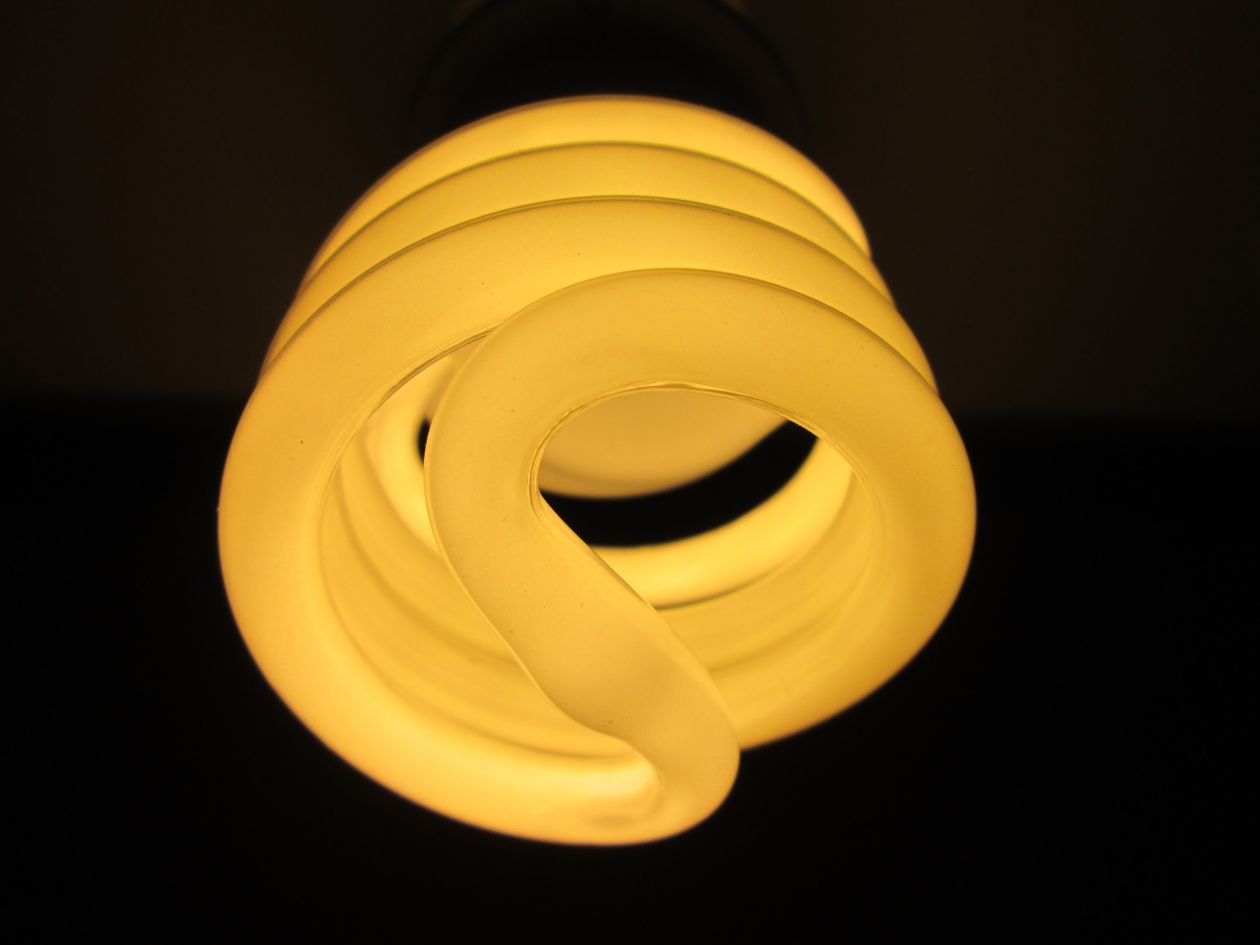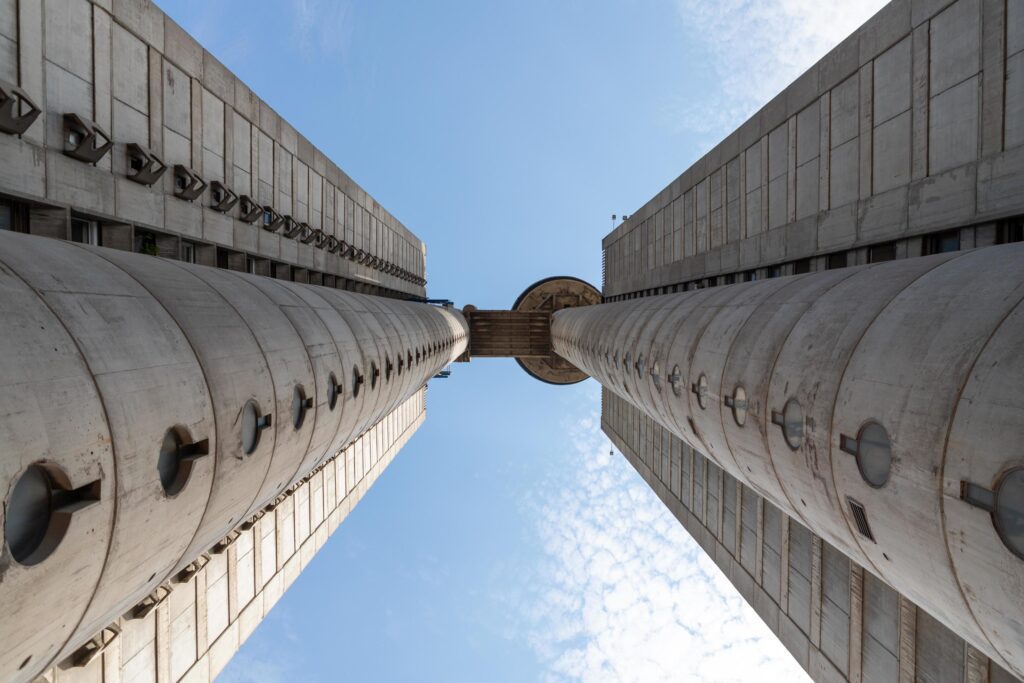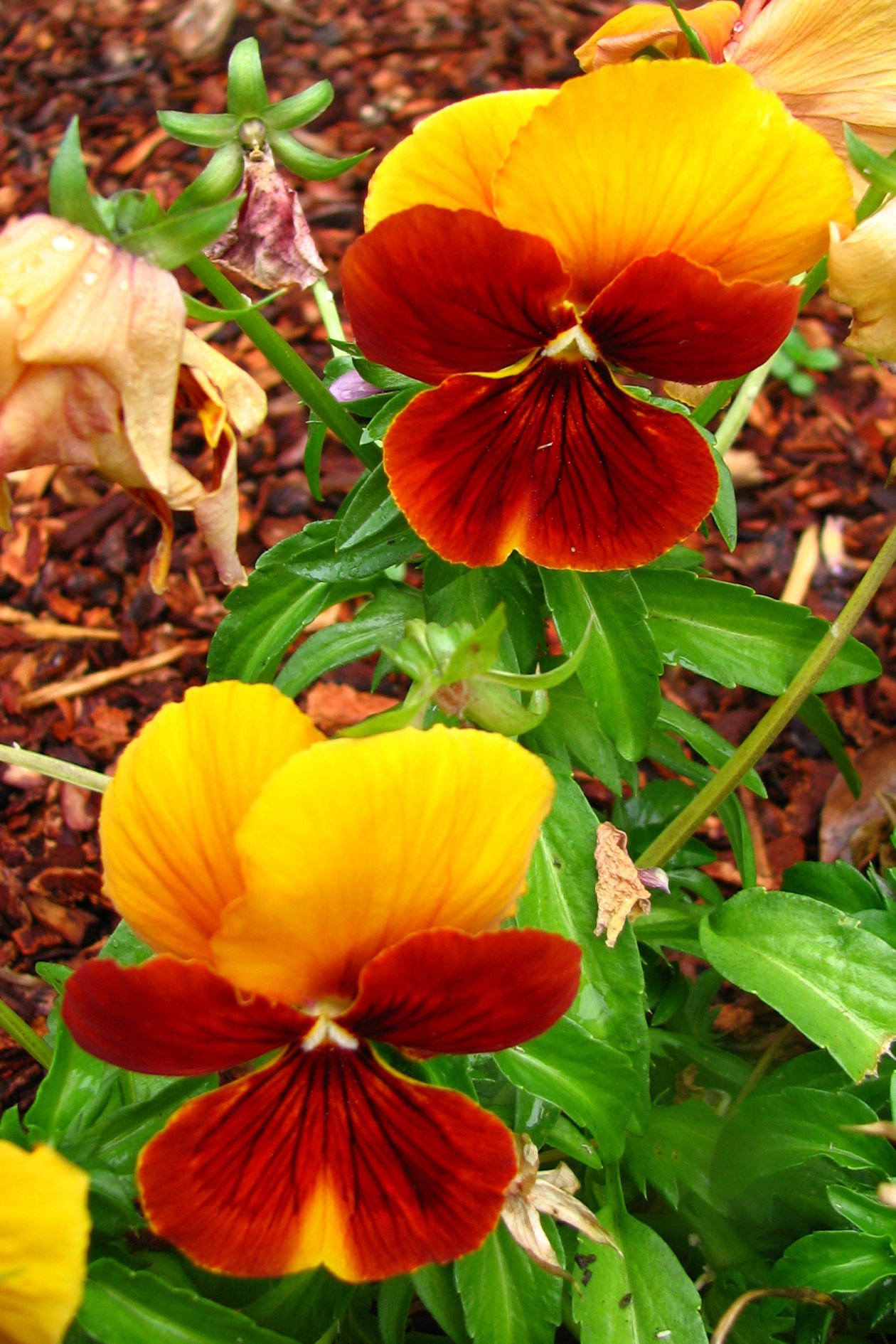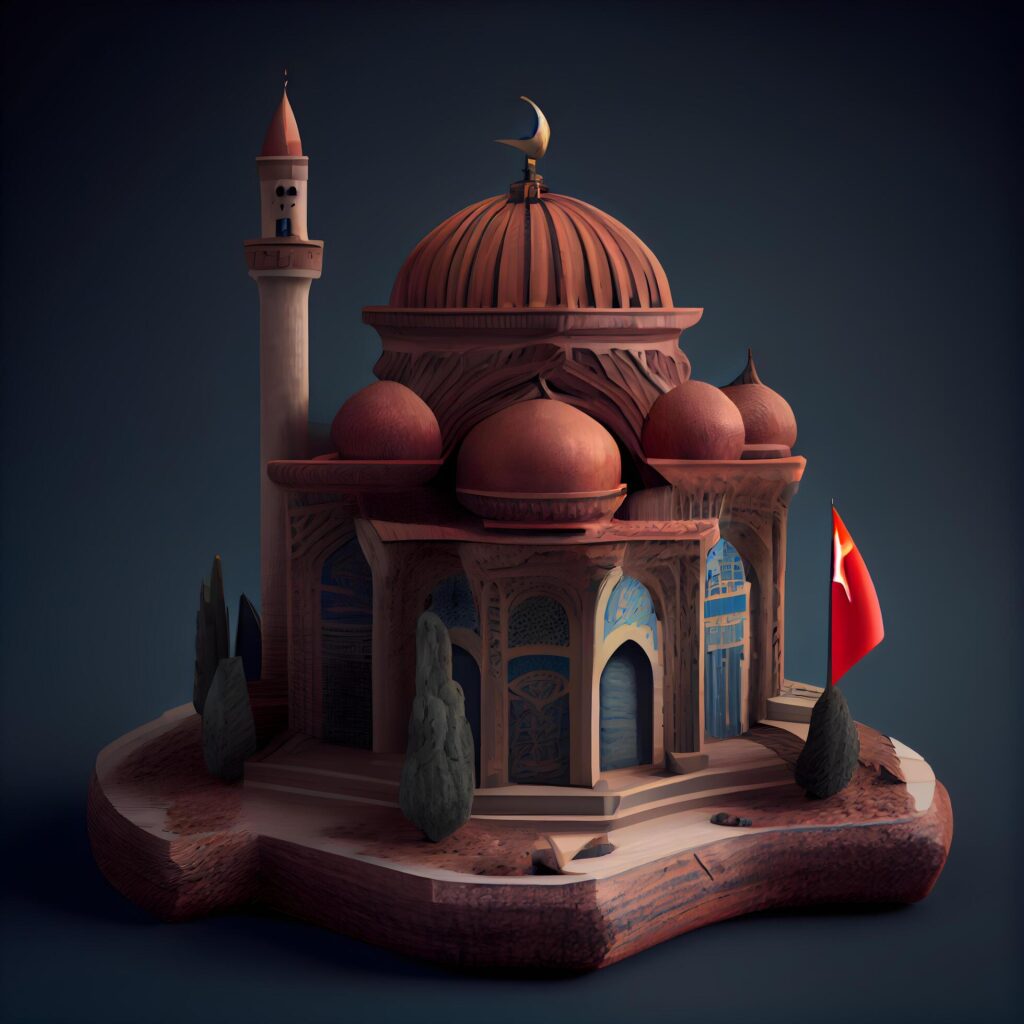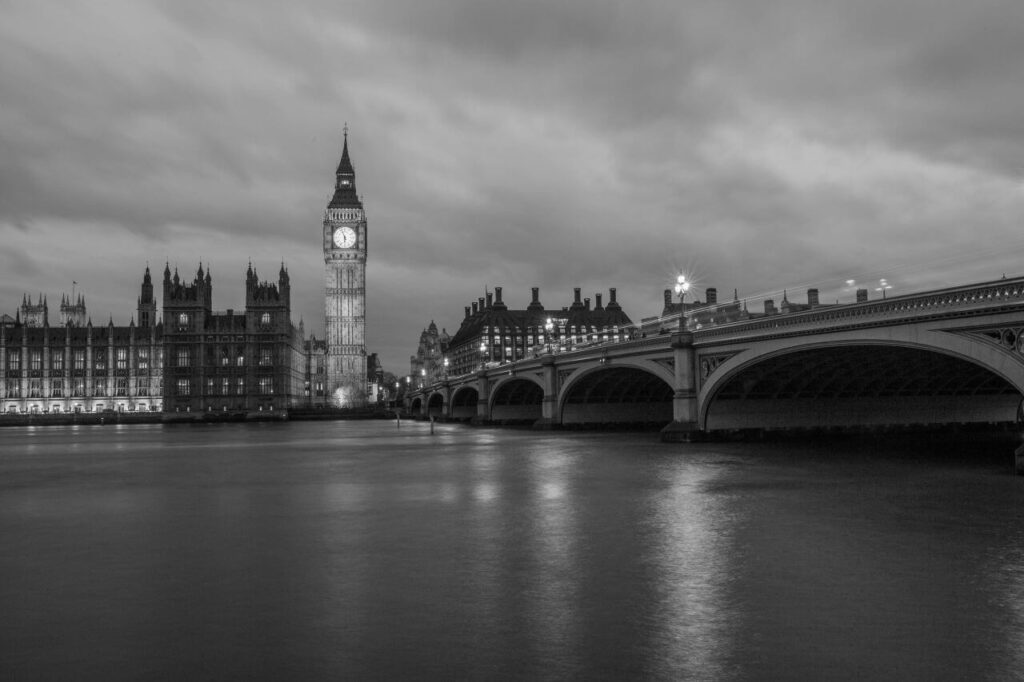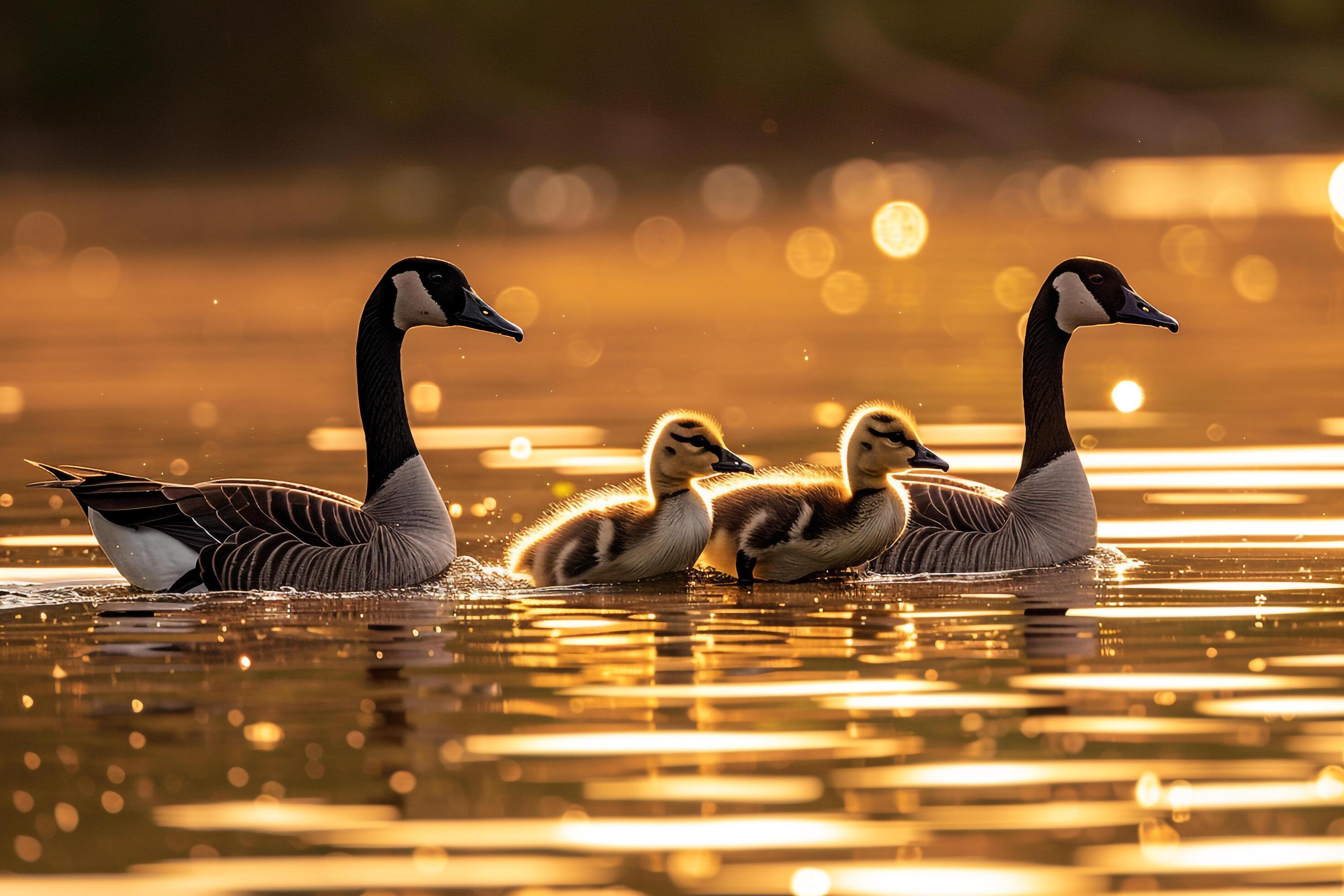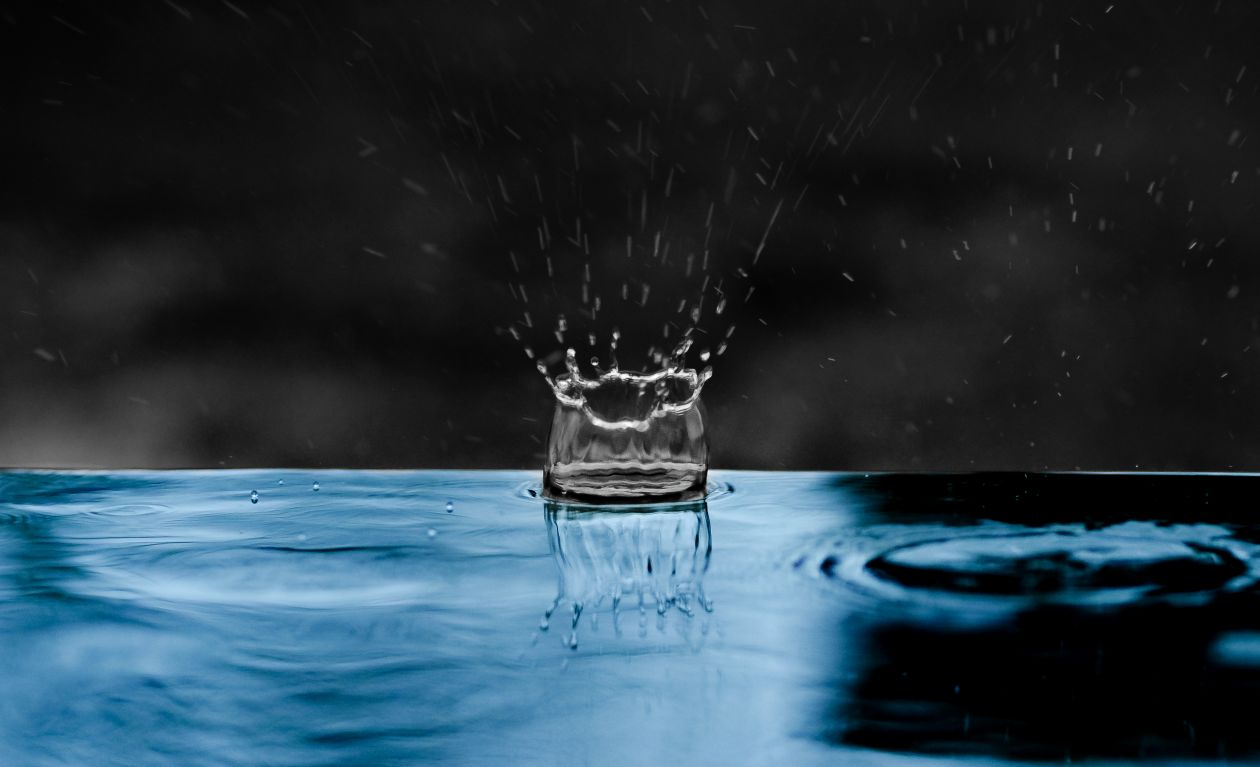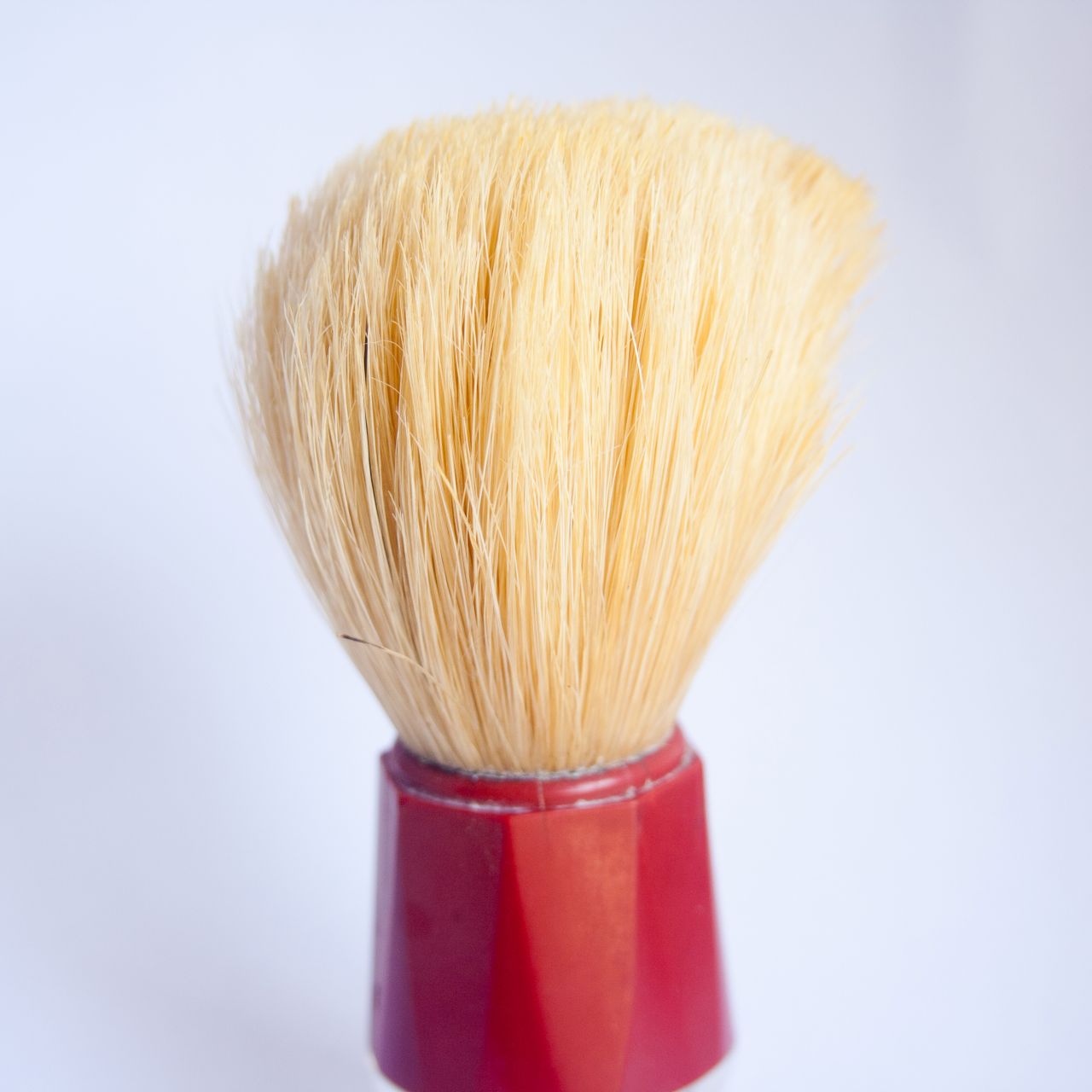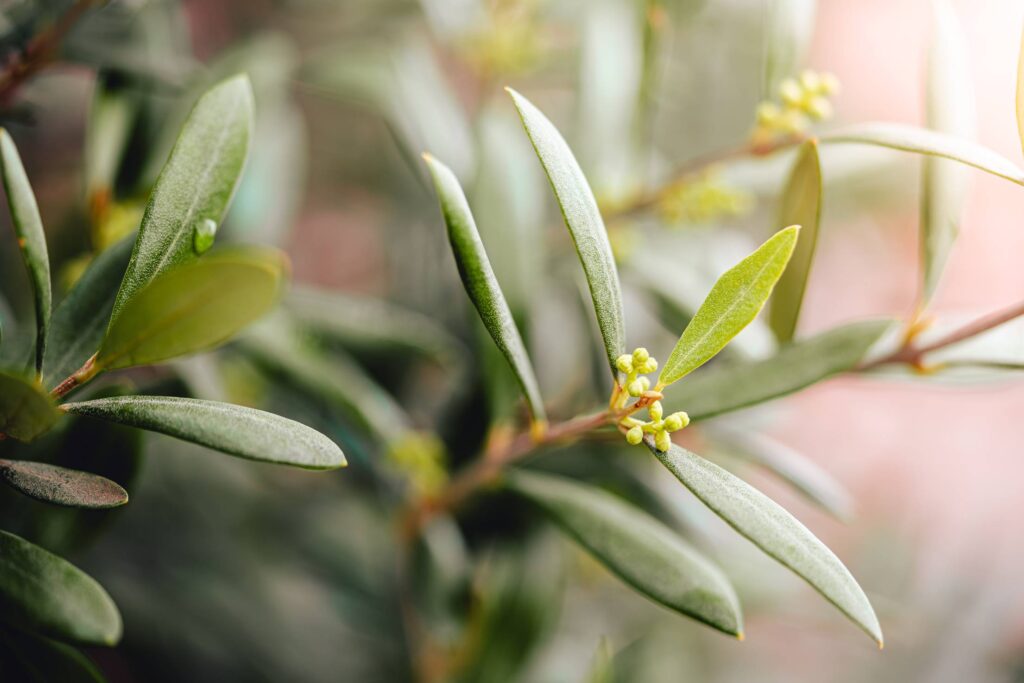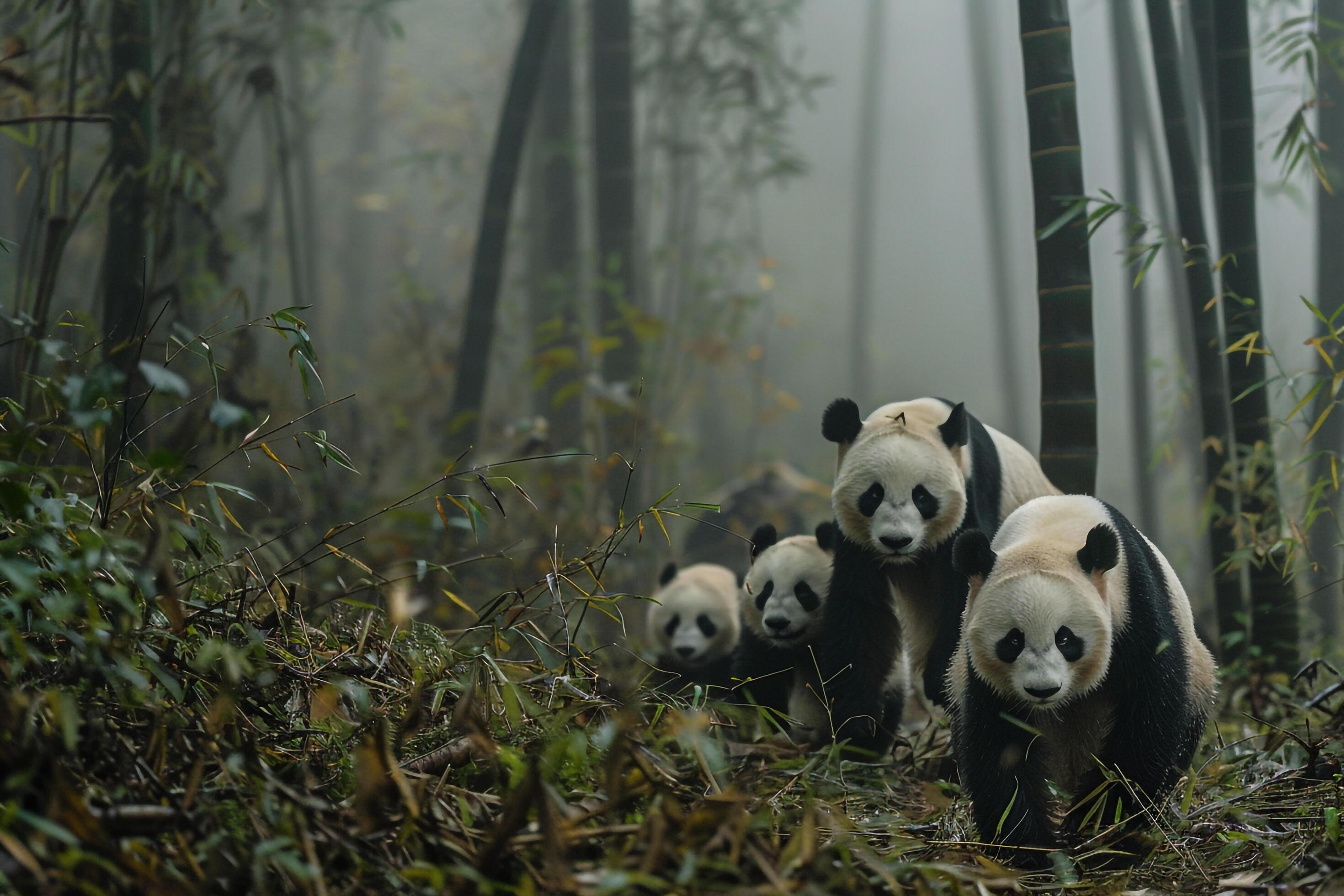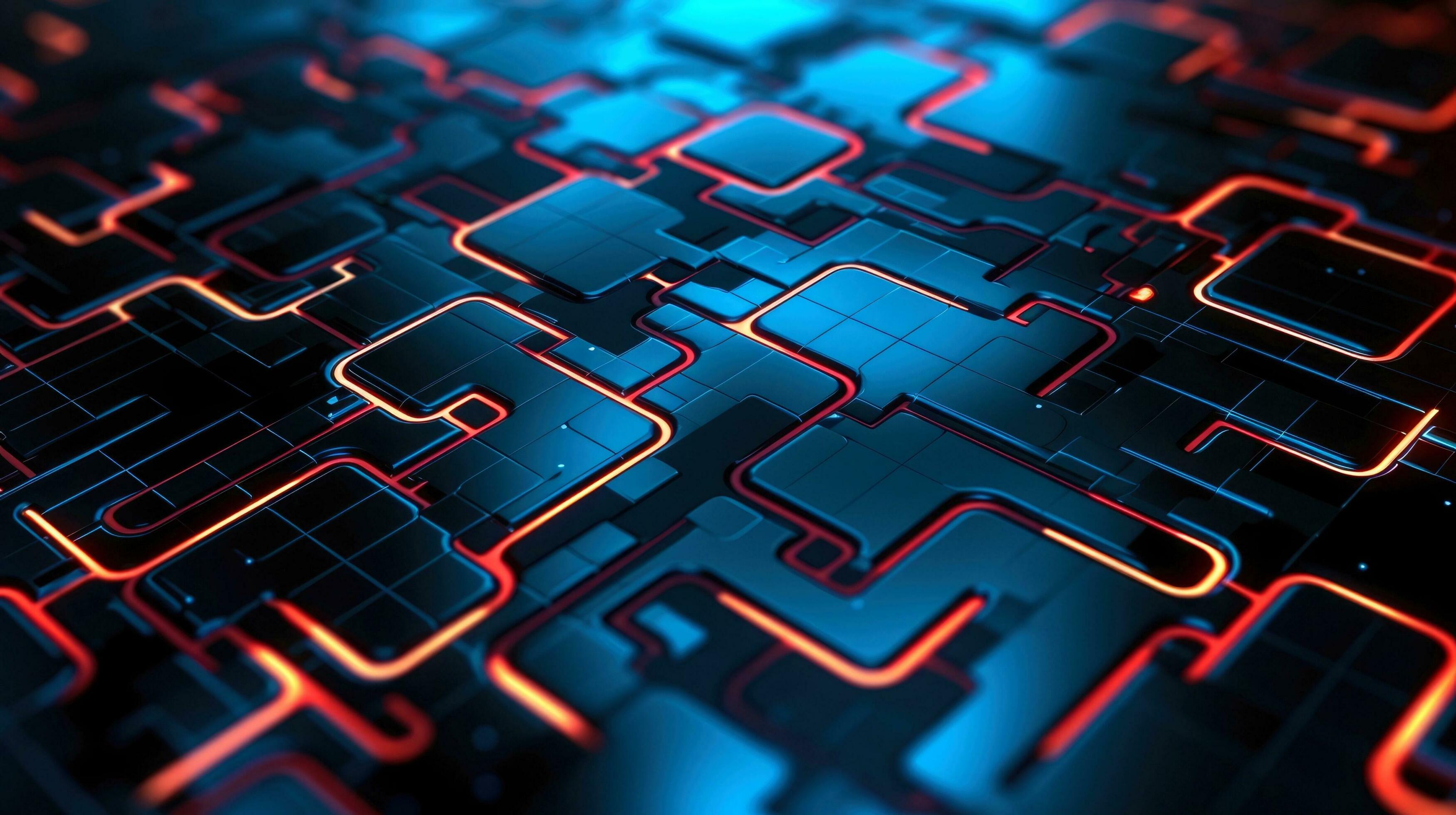Light Bright: A Close-Up Look at the Evolution of Lighting Equipment
The world of lighting has come a long way, from the humble candle to the advanced LED bulbs we see today. One of the most iconic representations of progress in lighting technology is the light bulb. In this article, we will take a close-up look at the evolution of lighting equipment, focusing on the light bulb, its various forms, and the impact of energy efficiency on the industry.
The incandescent light bulb, invented by Thomas Edison in 1879, was the first practical electric light source. It used a thin filament that glowed white-hot when an electric current passed through it, producing visible light. While incandescent bulbs were initially expensive and had a short lifespan, they set the stage for future advancements in lighting technology.
One such advancement was the development of the fluorescent light bulb. Introduced in the 1940s, fluorescent bulbs use an electric current to excite mercury vapor, which in turn produces ultraviolet (UV) light. This UV light interacts with a phosphor coating on the inside of the bulb, emitting visible light. Fluorescent bulbs are more energy-efficient than incandescent bulbs, as they produce more light per watt of electricity consumed.
Compact fluorescent lamps (CFLs) are a more modern iteration of the fluorescent light bulb. These energy-saving lamps are designed to fit into standard light bulb sockets and provide the same amount of light as a traditional incandescent bulb while consuming 60-80% less energy. CFLs contain a small amount of mercury, which requires proper disposal to prevent environmental contamination.
LED (Light Emitting Diode) bulbs have emerged as a leading choice in lighting equipment due to their energy efficiency, long lifespan, and environmental friendliness. Unlike traditional light bulbs, LEDs emit light through the movement of electrons within a semiconductor material. This process is more efficient, resulting in less energy consumption and reduced heat production. LED bulbs are available in a variety of colors and brightness levels, making them suitable for a wide range of applications.
The push for energy efficiency in lighting equipment has had a significant impact on the industry. Governments and organizations worldwide have implemented policies and regulations to encourage the adoption of energy-efficient lighting, such as energy-saving standards and incentives for businesses and homeowners. As a result, the demand for energy-efficient lighting equipment, like LED and CFL bulbs, has skyrocketed.
In conclusion, the evolution of lighting equipment has been marked by a continuous pursuit of energy efficiency and environmental sustainability. From the incandescent light bulb to the compact fluorescent and LED bulbs, each advancement has brought us closer to a future where lighting is not only bright and efficient but also eco-friendly. As technology continues to evolve, we can expect even more innovative lighting solutions that will further revolutionize the way we illuminate our world.
Photo Tags
- Close-Up
- Compact Fluorescent
- efficiency
- electricity
- energy efficiency
- Energy Saving
- Energy Saving Lamp
- equipment
- Fluorescent Lamp
- LED Bulb
- light bright light bulb close-up spiral electricity led bulb fluorescent energy saving lamp lighting equipment compact flourescent energy efficiency
- light bulb
- lighting
- Lighting Equipment
- spiral

